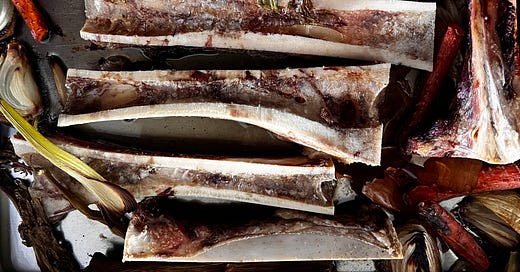Nourishment and Wellbeing
I believe that food does so much more than just nourish our bodies—it supports our health, mood, and overall well-being. Food provides comfort, connects us to others in family dinners or out for dinner. It directly impacts brain chemistry, hormone levels, and energy levels. When bad news comes, a comforting dish might make a di…
Keep reading with a 7-day free trial
Subscribe to South Pond Home by Danielle French to keep reading this post and get 7 days of free access to the full post archives.




